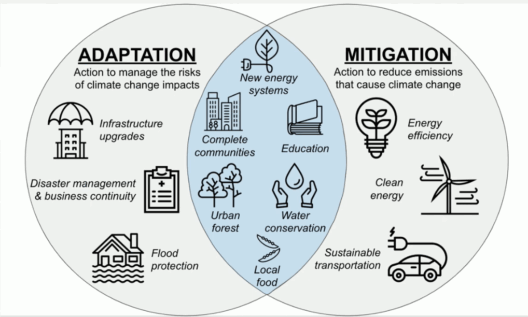When it comes to cultivating luscious and juicy peaches, one pivotal question often arises: how much sunshine do these delectable fruits require to thrive? This inquiry not only piques the curiosity of both novice and seasoned gardeners but also leads us into a fascinating exploration of the climate that peaches adore. Peaches, the sweet crescents of summer, flourish under the embrace of the sun, yet understanding their specific light requirements can present a formidable challenge. Here, we will delve into the intricate relationship between peach trees and sunlight, elucidating the optimal conditions for their growth.
Peach trees (Prunus persica) are deciduous fruit trees native to the warm temperate regions of China. These trees have evolved to flourish in regions that experience prolonged periods of sunshine, moderate rainfall, and well-drained soils. A critical factor for their growth and overall fruit production is the amount of direct sunlight they receive. Generally, peach trees thrive best when they are bathed in a minimum of six to eight hours of full sun each day. This duration of sunlight is vital for photosynthesis, the process by which plants convert light energy into chemical energy to fuel their growth.
The challenge arises when you consider that not all regions provide the same climatic conditions. In some cooler climates, growers may wonder whether their local conditions can sustain healthy peach orchards. Peaches are particularly sensitive to frost, and exposure to inadequate sunlight can lead to delayed ripening, poor fruit quality, and increased susceptibility to pests and diseases. Consequently, identifying suitable planting locations that maximize sunlight exposure is crucial for orchard success.
During the early growth stages, young peach trees require ample sunlight to develop a robust framework. Without sufficient light, the tree may exhibit elongated growth, characterized by spindly branches and fewer leaves. This phenomenon, known as etiolation, occurs as the tree struggles to reach towards the light, resulting in a weakened structure that may not produce high-quality fruit later in life.
Furthermore, the amount of sunlight does not solely influence the tree’s physical growth; it also deeply affects its fruiting capabilities. Sunlight plays a vital role in the synthesis of carbohydrates, which directly relates to the sweetness and flavor intensity of the peaches. Insufficient sunlight can lead to insipid, bland fruits, while trees basking in ample sun rays produce succulent, flavorful peaches that are the hallmark of the summer season.
While peaches require substantial sunlight, it is also essential to consider the balance between light and temperature. Extreme heat can be detrimental, particularly if accompanied by insufficient water availability. The ideal climate for peach trees encompasses warm days and cool nights, as this diurnal temperature variation aids in sugar accumulation within the fruit. A region that boasts hot summers—characterized by both sunny days and cool evenings—will foster the most vigorous peach production.
Moreover, soil quality plays an instrumental role in conjunction with sunlight availability. Peaches prefer slightly acidic to neutral well-drained soils rich in organic matter. Soil composition and fertility can enhance the tree’s ability to absorb nutrients, thereby complementing the energy gained from sunlight. Amending the soil with compost or organic fertilizers can boost both yield and fruit quality.
As the seasons transition, mature peach trees undergo a remarkable sensory transformation. During spring, fragrant blossoms unveil their petals, requiring a period of frost-free days for successful pollination. A late spring frost can devastate the budding fruit, leading to inevitable disappointment for the grower. Therefore, selecting a location that not only offers abundant sunshine but also minimizes frost risk is paramount. Protecting your nascent blossoms with temporary coverings during unseasonal cold snaps can ensure they survive to bear fruit.
When addressing the question of irrigation, it is important to strike a balance. Peach trees require moderate hydration, particularly during the fruiting phase, but excessive watering can lead to compromised flavors and insufficient root development. Deep watering methods are recommended to encourage strong root systems, which, in turn, will provide better support for leaf and fruit production during drier months.
How then can one ensure their peach trees enjoy optimal conditions? Beyond selecting the best planting site and tending to soil quality, consider employing strategic garden design. Placing taller plants to the north or west of young peach trees can minimize shade and maximize exposure to sunlight throughout the day. In addition, proper pruning techniques will enhance light penetration within the tree canopy, allowing for improved air circulation and reduced disease risk.
In conclusion, cultivating peaches requires an understanding of their light-loving nature and an acknowledgment of the climatic challenges that may arise. The delicate balance between sunlight, temperature, soil composition, and water availability demands attention from any dedicated grower. By ensuring your peach trees receive adequate sunlight, fertile soil, and protection from environmental extremes, you can bolster their potential to produce sweet, succulent fruits worthy of summer enjoyment. So, as you embark on your peach cultivating journey, consider the transformative power of sunshine and how it correlates with every juicy bite you hope to relish.






